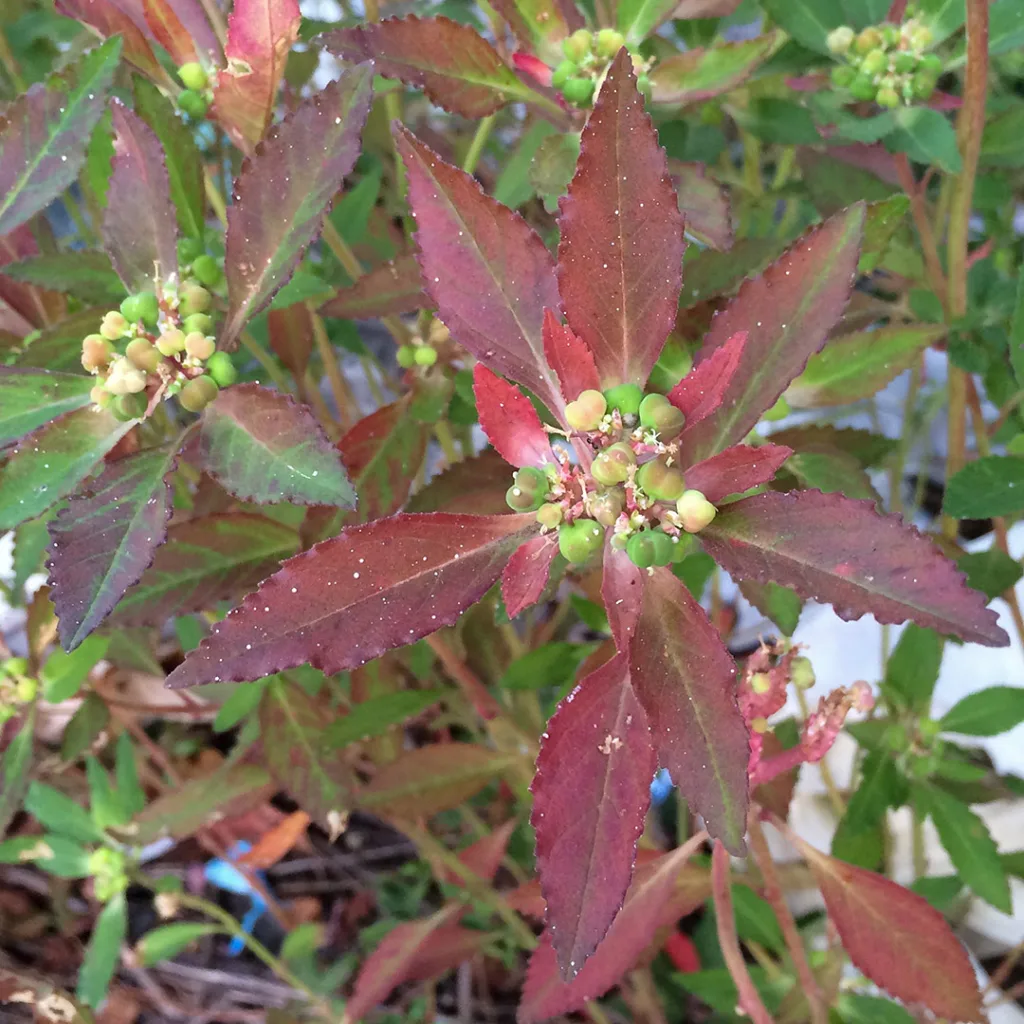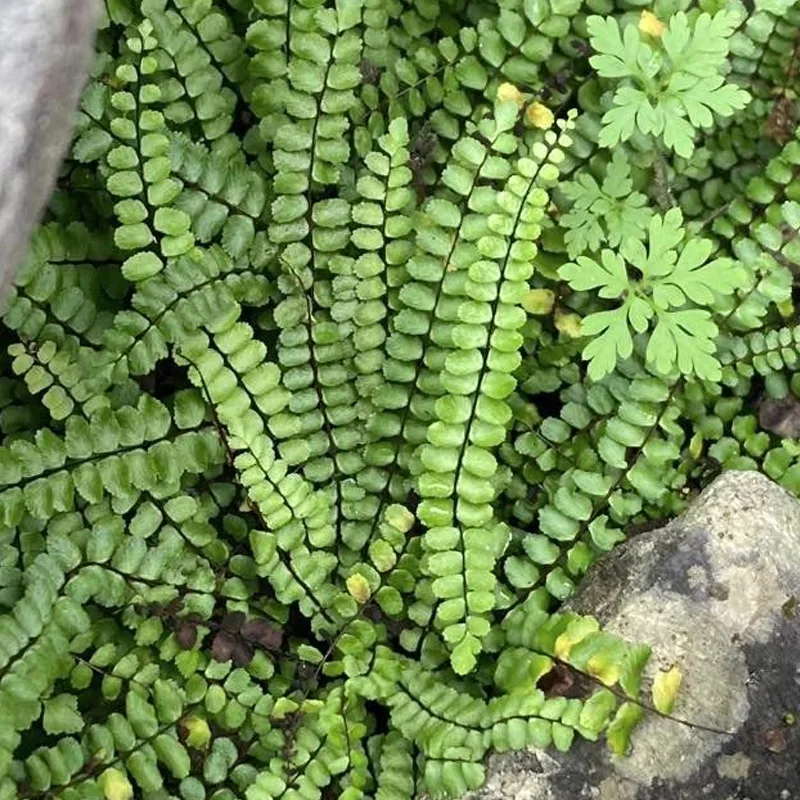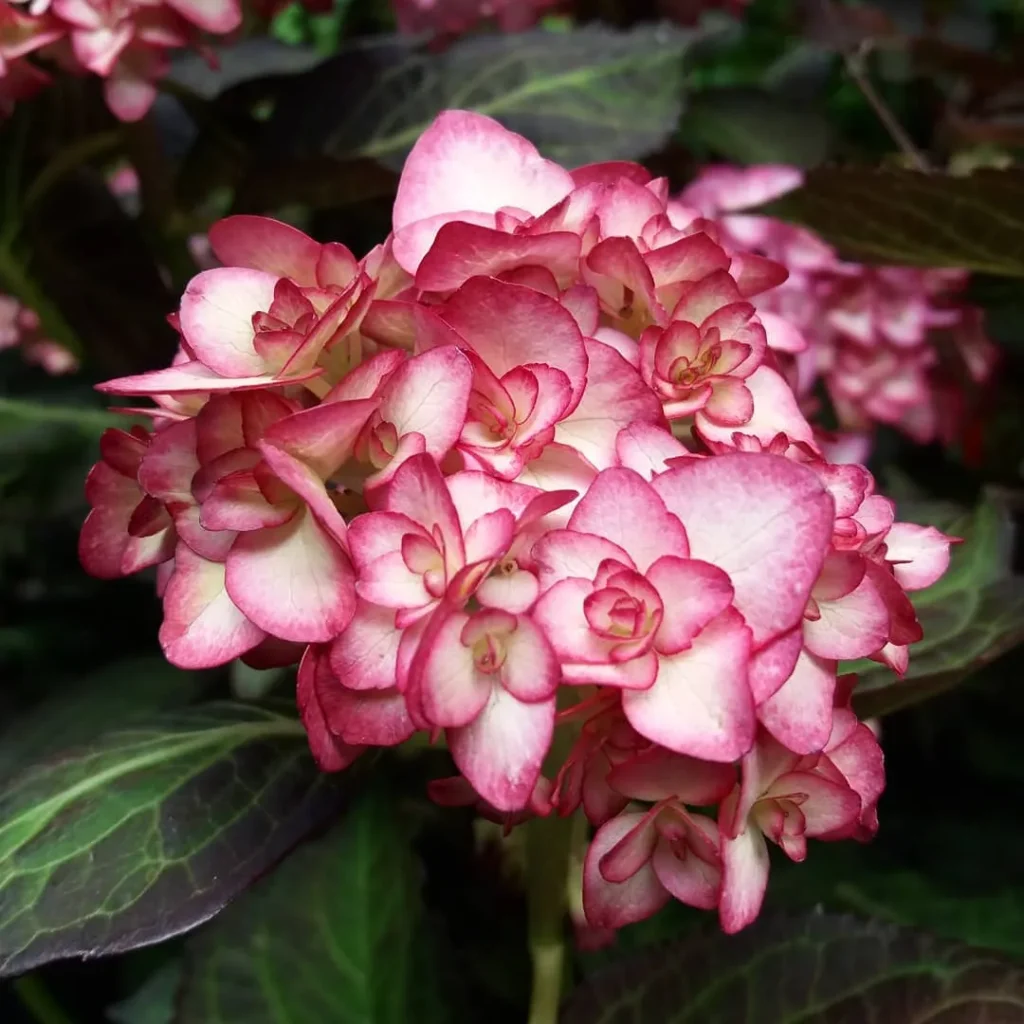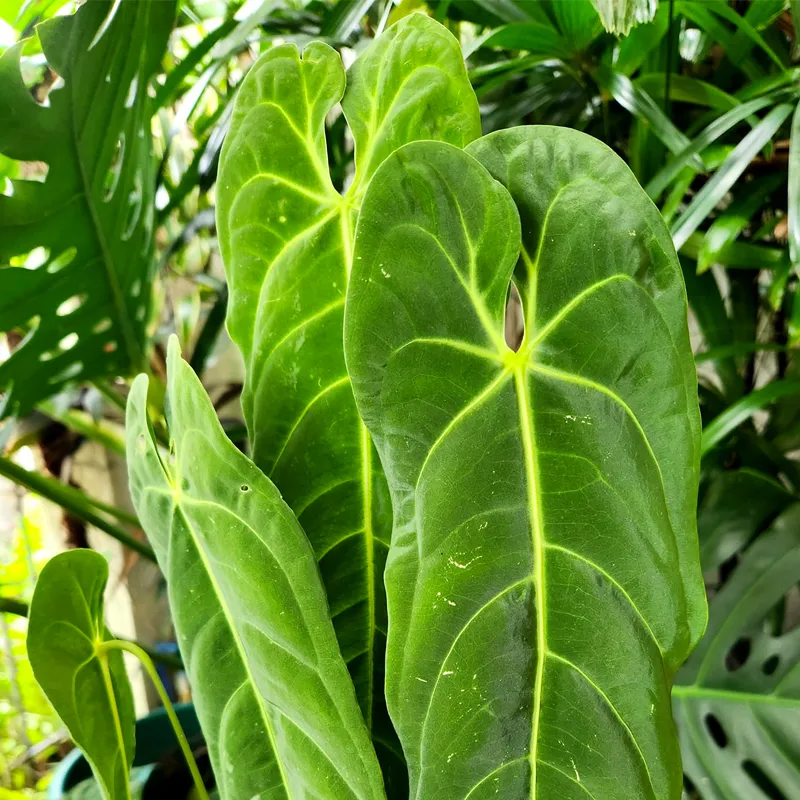FAQs About Pycnanthemum Flexuosum: A Gardener’s Guide
As someone who has spent years exploring and experimenting with native plants in my garden, I’ve found that Pycnanthemum Flexuosum, also known as mountain mint, holds a special place. It’s not just the ease of growing it or its robust nature that appeals to me, but also its ability to attract pollinators and fit seamlessly into a garden setting. Let’s dive into some frequently asked questions about this fascinating plant.
19 Species in Genus Pycnanthemum
What is Pycnanthemum Flexuosum?
Pycnanthemum Flexuosum, commonly referred to as mountain mint, is a perennial herb native to the eastern United States. This plant is known for its aromatic qualities, with leaves that release a minty fragrance when crushed. It typically grows in clumps, reaching heights of about 2 to 3 feet, and produces clusters of small white or pale lavender flowers during the summer. The name “Flexuosum” refers to the slightly twisted or curved stems, giving the plant a somewhat wild and rustic appearance.
How to Grow Pycnanthemum Flexuosum in the Garden?
Growing Pycnanthemum Flexuosum in the garden is straightforward, which is one of the reasons I love this plant. It thrives in well-drained soil and can tolerate a range of light conditions, from full sun to partial shade. One of its most remarkable traits is its adaptability. Whether you have dry, rocky soil or a more fertile garden bed, Pycnanthemum Flexuosum seems to flourish.
In terms of placement, I often plant it in the middle or back of a border. Its upright growth habit provides a lovely contrast to lower-growing plants, and its flowers add a delicate, wildflower aesthetic. Another advantage is its resistance to deer and rabbits, which makes it a reliable choice for gardens where these pests are a problem.
What are Pycnanthemum Flexuosum Seeds?
Pycnanthemum Flexuosum seeds are tiny, almost dust-like, and they require some patience to germinate. I usually start them indoors in early spring, lightly pressing the seeds into the soil without covering them. This is because the seeds need light to germinate. Keep the soil moist but not waterlogged, and you should see seedlings emerge in about two to three weeks.
Once the seedlings are a few inches tall, they can be transplanted into the garden after the danger of frost has passed. Alternatively, you can sow the seeds directly into the garden in late fall, allowing them to undergo natural stratification over the winter.
How to Care for Pycnanthemum Flexuosum?
Caring for Pycnanthemum Flexuosum is relatively low-maintenance. It’s a drought-tolerant plant, making it ideal for xeriscaping or areas of the garden that receive less frequent watering. During the growing season, I give it a deep watering once a week if there’s no rain, but it can survive on less if necessary.
Pruning is not essential, but I sometimes cut back the stems after flowering to maintain a tidy appearance. This also helps to prevent the plant from self-seeding too aggressively, as it can spread if left unchecked.
How to Propagate Pycnanthemum Flexuosum?
Propagating Pycnanthemum Flexuosum can be done through seeds, as mentioned earlier, or by division. In early spring or fall, I dig up an established clump and gently separate the roots into smaller sections, each with at least a few stems attached. These divisions can then be replanted in other areas of the garden or shared with fellow gardeners.
Pycnanthemum Flexuosum USDA Hardiness Zones
Pycnanthemum Flexuosum is hardy in USDA zones 4 to 8, which covers a significant portion of the United States. This wide hardiness range is part of what makes it so versatile. It can survive cold winters in the northern regions and still thrive in the warmer southern states.
What to Plant with Pycnanthemum Flexuosum?
When deciding what to plant with Pycnanthemum Flexuosum, I consider plants that complement its texture and flowering period. I like pairing it with other native perennials like Echinacea, Rudbeckia, and Aster. These combinations not only create a visually appealing garden but also provide a continuous bloom sequence, supporting pollinators throughout the growing season.
For a more structured garden design, consider planting Pycnanthemum Flexuosum alongside ornamental grasses like Panicum Virgatum or Schizachyrium Scoparium. The contrast between the soft, billowing flowers of the mountain mint and the upright, architectural form of the grasses can be striking.
How to Use Pycnanthemum Flexuosum in the Garden?
In addition to its aesthetic appeal, Pycnanthemum Flexuosum can serve multiple functions in the garden. It’s excellent for naturalizing, as it can spread to form dense colonies. I’ve used it in pollinator gardens, where its nectar-rich flowers attract bees, butterflies, and other beneficial insects. Its aromatic foliage also makes it a good choice for herb gardens, where the leaves can be harvested for teas or potpourri.
Final Thoughts on Pycnanthemum Flexuosum
Pycnanthemum Flexuosum is a remarkable plant that deserves a spot in more gardens. Its combination of beauty, hardiness, and ecological benefits makes it a valuable addition to any landscape. Whether you’re an experienced gardener or just starting, this plant is sure to bring joy and vitality to your garden for years to come.
If i die, water my plants!



